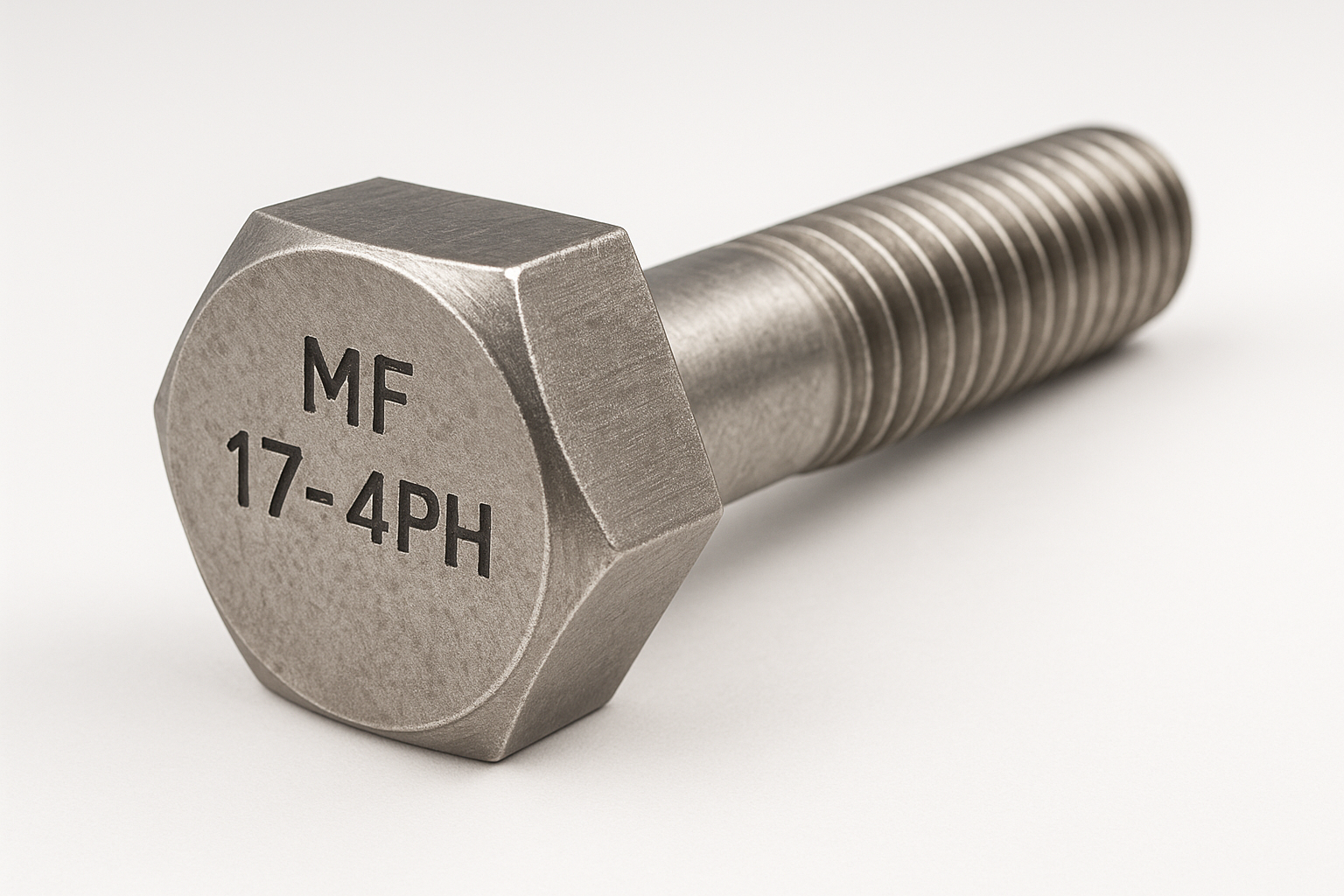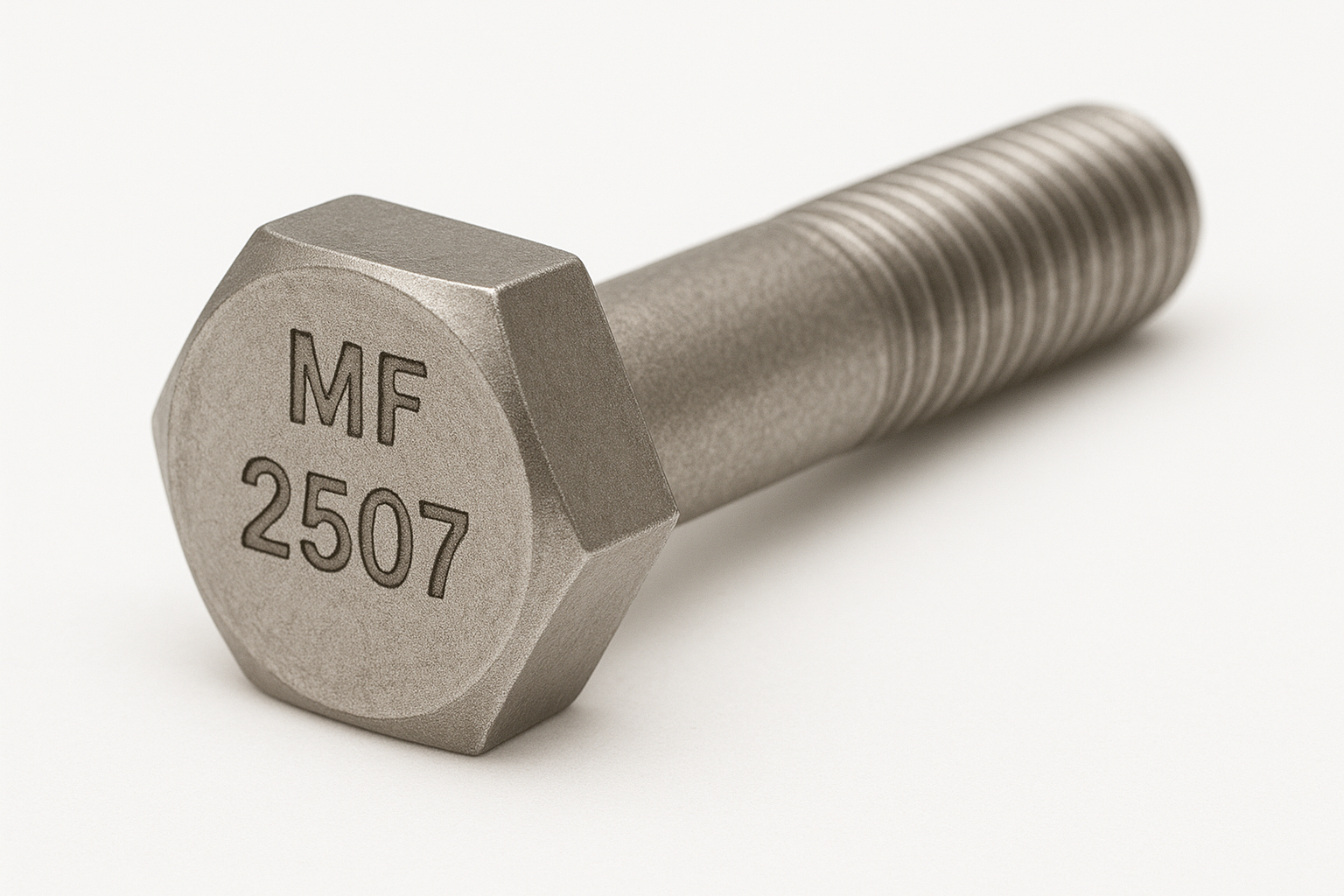To ensure the correct functioning of the fastening system, knowledge of the tightening force and therefore of the tightening torque of the screw, tie rod or nut is the first important data that allows you to select the sizing, diameter and pitch of the thread that most satisfies you. in terms of overall dimensions the threaded connection to the components.
Normally most of the fastening systems taken into consideration refer to the strength classes 8.8, 10.9 or 12.9, certainly the most used in fastening systems. These resistance classes, however, refer to components made of carbon steels subsequently heat treated in order to achieve the desired resistance characteristics, which as regards use in highly corrosive environments, is not recommended even in the case of the addition of galvanic coatings, teflon coatings, zinc aluminum coatings or hot-dip galvanizing.
Stainless steels generally have lower resistance classes due to their intrinsic physical characteristics, and are generally found in resistance classes 50,70, 80 and 100. However, not all anti-corrosion materials can reach these mechanical resistance values; some yes, some no, some can reach them through heat treatment, others cannot, still others can but depending on the chemical aggression or the presence of temperature present in the environment they lose their mechanical resistance.



